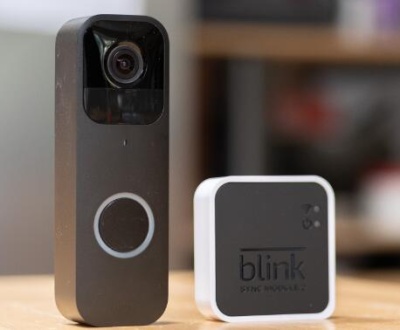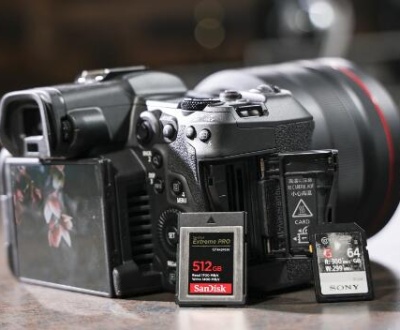It sounds like your 128GB flash drive is only showing 32GB of available storage. This could be due to a few different reasons, but here’s a comprehensive guide to troubleshoot and potentially fix the issue:
1. Check for Partition Issues
Sometimes, the flash drive might have multiple partitions, and only one of them is visible. To check and fix this:
Windows:
Open Disk Management:
Right-click on Start and select Disk Management.
Locate your flash drive in the list of drives.
Check Partitions:
Look at the graphical representation of your drive. If you see multiple partitions, this could be why only part of the space is showing up.
Delete and Recreate Partitions:
If you don’t need the data on the drive, you can delete all partitions on the drive.
Right-click on the partitions and select Delete Volume.
After deleting, you can create a new partition that uses the full capacity of the drive.
Format the Drive:
Right-click on the unallocated space and select New Simple Volume.
Follow the wizard to format the drive and assign it a drive letter.
Mac:
Open Disk Utility:
Go to Applications > Utilities > Disk Utility.
Select the Flash Drive:
Find your flash drive in the list on the left.
Partition and Format:
Click on the Partition tab and ensure the drive is using a single partition.
If needed, click on the Erase tab to format the drive to a new file system.

2. Check for Firmware Issues
Sometimes, the issue could be related to the firmware of the flash drive:
Visit the Manufacturer’s Website:
Check if there are any firmware updates available for your flash drive model.
Update Firmware:
Follow the manufacturer’s instructions to update the firmware, if available.
3. Check for Physical Issues
If the drive has a physical problem, it may not function properly:
Inspect the Flash Drive:
Look for any visible signs of damage or wear.
Test on Another Computer:
Try the drive on a different computer to rule out issues with your current system.
4. Use Third-Party Software
Sometimes, third-party software can help recover lost space or fix partition issues:
Disk Management Tools:
Tools like MiniTool Partition Wizard, EaseUS Partition Master, or AOMEI Partition Assistant can help manage partitions and recover lost space.
Data Recovery Software:
If the drive appears to be corrupt, data recovery tools like Recuva or Disk Drill may help recover data and then allow you to reformat the drive.
5. Check for Fake Drives
In some cases, flash drives are sold with altered capacity:
Verify the Drive’s Authenticity:
Use software tools like H2testw or F3 to check the actual capacity of the drive and verify if it matches the advertised size.
Contact the Seller:
If you suspect your drive is fake, contact the seller or manufacturer for support or a replacement.
Summary
Check and manage partitions through Disk Management or Disk Utility.
Update firmware if necessary.
Inspect for physical damage and test on another computer.
Use third-party tools to fix or recover the drive.
Verify authenticity if you suspect the drive is not genuine.
If you’re still facing issues after these steps, it might be worth reaching out to a professional data recovery service for further assistance.
About us and this blog
Panda Assistant is built on the latest data recovery algorithms, ensuring that no file is too damaged, too lost, or too corrupted to be recovered.
Request a free quote
We believe that data recovery shouldn’t be a daunting task. That’s why we’ve designed Panda Assistant to be as easy to use as it is powerful. With a few clicks, you can initiate a scan, preview recoverable files, and restore your data all within a matter of minutes.
Subscribe to our newsletter!
More from our blog
See all postsRecent Posts
- How to save tiktok videos on computer 2025-04-30
- How to watch gopro videos on computer 2025-04-30
- How to save video from blink video doorbell to computer? 2025-04-30

 Try lt Free
Try lt Free Recovery success rate of up to
Recovery success rate of up to









